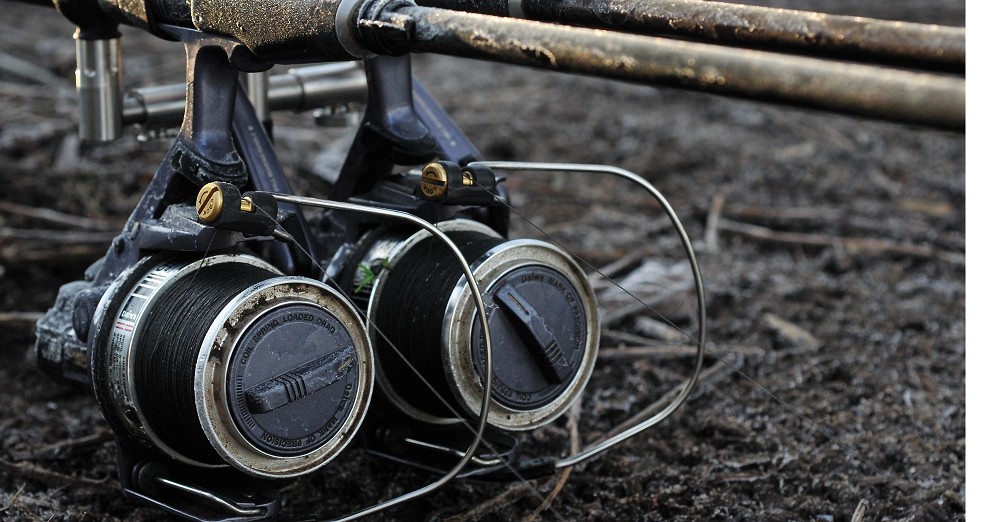
What happens once you've found the 'bite zone'?
Will you get as many lines into it as possible or would you rather have one ‘hot rod’ and use any others as ‘seekers’, looking for more potential bites and feeding spots?
This is a tough one, kind of anyway – I guess it boils down to the venue, and the number of rods available.
For the last four or five winters I have fished tough venues, which only allow the use of two rods, much to my disappointment. When you’ve only got two rods at your disposal, it’s totally different to having three, for obvious reasons. If I had three rods, one of them would definitely be used as a much more experimental rod, trying all sorts of different things at different times, and this rod will often put bonus fish on the bank. When you’ve only got two, you have to be more careful with them.
To begin with they’re both used as ‘seekers’ as until you’ve caught one, there’s no real reason to pair them up. A big part of winter success is experimentation in different areas, ideally led by sightings. I like to rove the rods around, trying new spots or parts of the lake, until I have a reason to stay in an area and become more decisive with my spot selection and rig placement.
During this period of time, the last four or five winters, it’s been pretty much all open water work, meaning I am unable to see the numbers of fish present. They don’t show much and a lot of the bites come with just a few sightings surrounding them. If there are regular shows in an area, then I’ll fish all the rods in that area. If I am catching regularly from a certain spot then I may well put two on it, but I’ll often try to find another spot close by instead, rather than positioning both on the exact same spot. This is primarily down to the fact that expecting to catch two fish in a 24hr period is rare on the venues I fish.
Once I’ve had the bite, the rod is straight back on the spot as soon as possible, but unless it’s really kicking off and bites are a regularity, the other rod is generally fished close by or elsewhere. I think I have a greater chance of catching on both rods if they are split up, not necessarily miles apart, just not on top of each other. It’s a call you have to make and it’s down to gut feeling most of the time, or the obvious fact that the spot is absolutely rocking!
If I am maggot fishing, which I like to do during the winter, but haven’t of late, then this is the time I’ll put all my eggs in one basket, but only once a spot has done a bite or two. I’ve always been of the impression that two rods on a spot works more effectively when you are introducing a bit of a bait, and you have several fish feeding at once. I’ve always found it hard to achieve this sort of feeding scenario on anything other than maggots.
If I was fishing a lake where bites are more regular, and more fish are present, then I would certainly think about putting both on the same spot or area. It pretty much boils down to how likely I think the chances of multiple bites are, as this is what I’m looking for when placing two on a spot, I want them both to go! This winter for example, I have caught from various areas on the hard lake I’m fishing, with spots drying up quickly after a few bites. On the easier venues that I dabble at during winters, I normally fish two on an area, and often catch on both rods once one has produced.
The key is to experiment, try something, if it works, do it again, if it doesn’t, then do something else!




